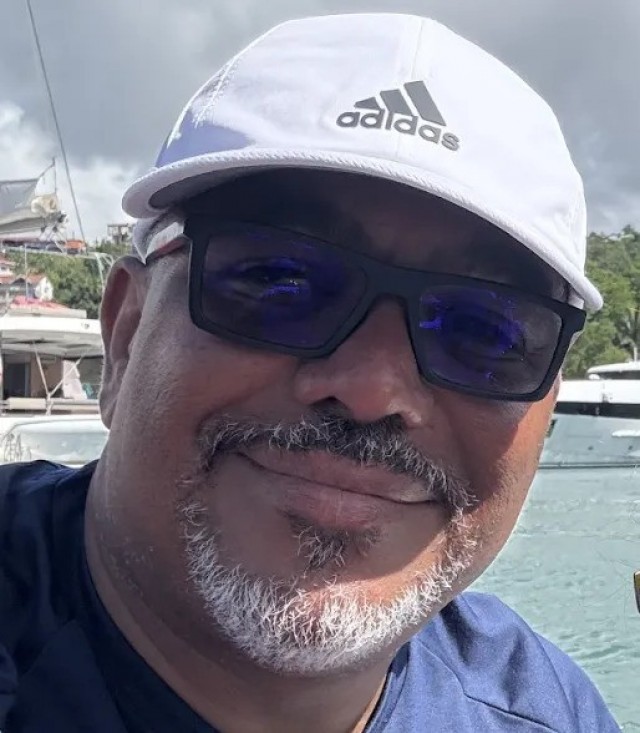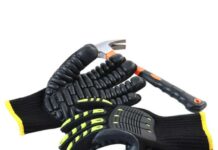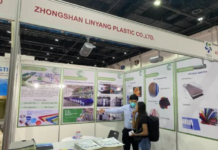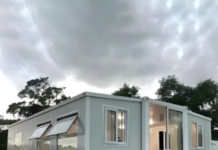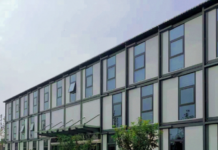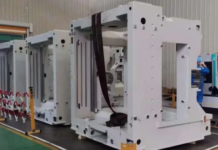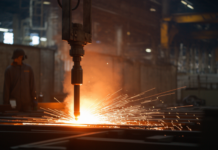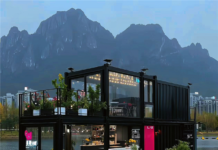Wellington-based business owner highlights urgent need for accessibility, awareness, and funding in disaster restoration services
More on Isstories:
- Top Industrial Safety Trends from SONICE — China’s Leading Industrial Gloves Supplier
- From Concept to Creation: Custom Sports Sunglasses Manufacturing for International Brands
- Shipping Container Expandable House Exporter Leading Innovation – Liansheng Spotlight
- SCO Expo 2025 Highlights Detachable Modular Container Houses From Liansheng
- Global Leading PVC Tarpaulin Supplier Linyang Highlights Sustainable Solutions at the 9th South Africa BDEXPO
(Isstories Editorial):- Wellington, Florida Apr 23, 2025 (Issuewire.com) – With over three decades in disaster cleanup and restoration, Bradley Vercosa, owner of SuperClean Restoration of The Palm Beaches LLC, is calling for increased public awareness and support for the essential–but often overlooked–industry of local water damage and biohazard restoration. Vercosa is using his platform to shed light on the accessibility challenges, limited funding, and low visibility that affect small restoration businesses and workers, especially those from immigrant and minority backgrounds.
“When a storm hits or a home floods, people expect someone to show up fast,” says Vercosa. “But no one really sees the daily grind of this work or the barriers that small operators face just trying to stay in business.”
According to FEMA, 40% of small businesses never reopen after a disaster. Meanwhile, local restoration services–often the first responders to damage–struggle with rising equipment costs, insurance red tape, and low visibility on digital platforms.
“There’s not enough support for the small crews who clean up after the cameras leave,” Vercosa adds. “We need to talk about training access, affordable licensing, and fair contracts. Most importantly, we need to show up for the communities we serve.”
Restoration Workers Are Essential, But Often Invisible
The U.S. disaster restoration industry generates over $210 billion annually, but much of the work is done by small, independently owned businesses with minimal public recognition. Vercosa points out that workers in this field often have no union protections, limited financial safety nets, and few mental health resources, despite exposure to traumatic cleanup environments like crime scenes, post-storm destruction, and mold-contaminated homes.
“After 9/11, my team helped clean the Pentagon and the World Trade Center area,” Vercosa recalls. “It was some of the hardest work I’ve ever done. No headlines, no parades–just quiet, heavy work that needed to be done.”
Accessibility Gaps in Licensing and Training
Vercosa also highlights issues of accessibility, especially for first- and second-generation immigrants entering the trade. While certifications in mold remediation and biohazard cleanup are mandatory in many states, the cost of training programs and licensing exams can be prohibitive.
“We need more scholarships and language-accessible training programs,” Vercosa says. “I know people who are great at this work but can’t afford the process to get certified.”
What You Can Do
Instead of asking for donations, Vercosa encourages the public to take simple, proactive steps:
- Hire local: Choose community-based restoration companies over large out-of-state contractors.
- Leave reviews: Small businesses rely on word-of-mouth and online visibility.
- Ask questions: Before disaster strikes, know who to call and how your insurance works.
- Support trades education: Advocate for funding to help train future workers in restoration and emergency response.
“You don’t need a big platform to make a difference,” says Vercosa. “Just help your neighbors, hire local, and recognize the people who show up after the storm.”
Source :Bradley Vercosa
This article was originally published by IssueWire. Read the original article here.

